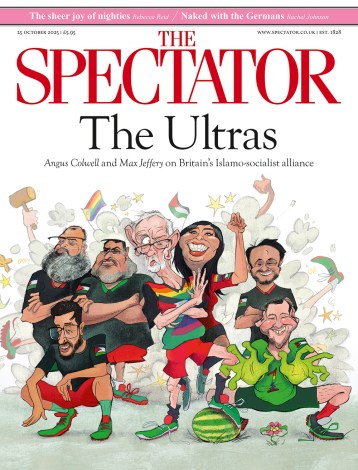So, dear old Boris has put his size 10s in it again, upsetting prosecco producers and Italians everywhere with his frank and forthright views about Brexit and the cheaper end of the Italian sparkling wine industry.
Our former editor and current Foreign Secretary seemed to suggest that Italy should back his version of a Brexit deal or face instead the prospect of plummeting sales of prosecco in the UK, one of the largest markets for the fizz if not the largest.
Folk often talk of prosecco as Italy’s champagne. They could not be more wrong. Champagne and prosecco are both sparkling wines, yes, but are made from completely different grape varieties in completely different places by completely different methods.
As Gianluca Bisol – producer of some of the very finest proseccos – once told me: “The two wines are so different. But as there is no question in my mind that champagne is the king of the bubbles, I like to think of Prosecco as the prince.”
Prosecco is made primarily from the Glera grape (formerly known as Prosecco) and the finest examples come from the absurdly steep vineyards that lie in the foothills of the Alps, between the small towns of Valdobbiadene and Conegliano. To qualify for DOC status, the wine must not only come from this officially sanctioned area, but it must also be made from at least 85 per cent Glera, the balance being made up from Pinot Bianco and the little-known indigenous variety, Verdiso. The lower category IGT Prosecco comes from the less highly regarded plains below, whilst the most basic Prosecco can in fact come from anywhere in Italy.
Unlike champagne, which has its secondary fermentation in bottle, Prosecco is made by the so-called Charmat Process and undergoes its secondary fermentation in pressurized stainless steel tanks after the addition of yeast and cane sugar. The wine then remains in the tanks until it is required for bottling.
The best proseccos are indeed utterly charming and ridiculously drinkable and I’ve knocked back more than my fair share, either on its own or as part of a cocktail such as a Bellini, an Aperol spritz or a Jo Jo. But it strikes me that Boris probably ain’t much of a prosecco man himself. I think he has rather grander tastes. As far as Italian sparkling wine goes, I have BJ down as a Franciacorta man, Franciacorta being the genuine Italian alternative to champagne.
This wonderful fizz comes from the southern banks of Lake Iseo in Brescia in Lombardy and is the only sparkling wine in the world apart from champagne whose name refers not only to the wine itself, but also to the method and to the region of its production.
Franciacorta is made by the so-called champagne method (you know, secondary fermentation in bottle) using Chardonnay, Pinot Noir (both grapes as used in Champagne) and Pinot Blanc (rather than Pinot Meunier as preferred in Champagne). DOC status was conferred on the wine in 1967 and DOCG status in 1991. In 2003, however, Franciacorta had the unique distinction in Italy of being the only quality wine that doesn’t have to declare such status on its label. As with champagne – which similarly doesn’t mention its AOC – the single word ‘Franciacorta’ is deemed enough to guarantee quality and place of origin.
There are currently a little over 100 producers of Franciacorta, making some 12m bottles a year from entirely estate-owned fruit (no co-ops) in a vineyard area of just 2200ha. The aim is to make the entire vineyard area fully organic by 2020 – a world first. About an hour from Verona, it’s a delightful region with vine-covered hills rolling down towards Lake Iseo and mighty snow-capped mountains.
Producers here reckon their wines are far superior to those of Champagne (but then they would, wouldn’t they?). It’s warmer than in northern France and producers claim that as a result they get riper fruit and can therefore get away with a lower dosage (the addition of sugar to the wines) with most producers using as little as 7 grams per litre (the average in Champagne is 10 to 12 gpl but can go up to 15).
There are lower yields here than in Champagne and longer ageing, with a required minimum of 18 months on the lees (rather than 15) and a required minimum 6 months in bottle after the disgorgement (rather than 3).
Chardonnay gives freshness and complexity to the wines, they say; Pinot Noir gives body and structure and Pinot Blanc gives a gentle citrus acidity plus, claim producers, fuller, more rounded, more perfumed and more supple fruit than the equivalent Pinot Meunier does in Champagne.
Who knows? There’s certainly no question that top Franciacortas such as Bellavista, Mosnel, Contadi Castaldi, Rizzini, Berlucchi and Ca’del Bosco are exceptional sparklers but then so are Pol Roger, Bollinger, Ruinart, Krug, Charles Heidsieck and Veuve Clicquot.
Either way, I think Franciacorta is much more up Boris’s street than humble prosecco.






Comments